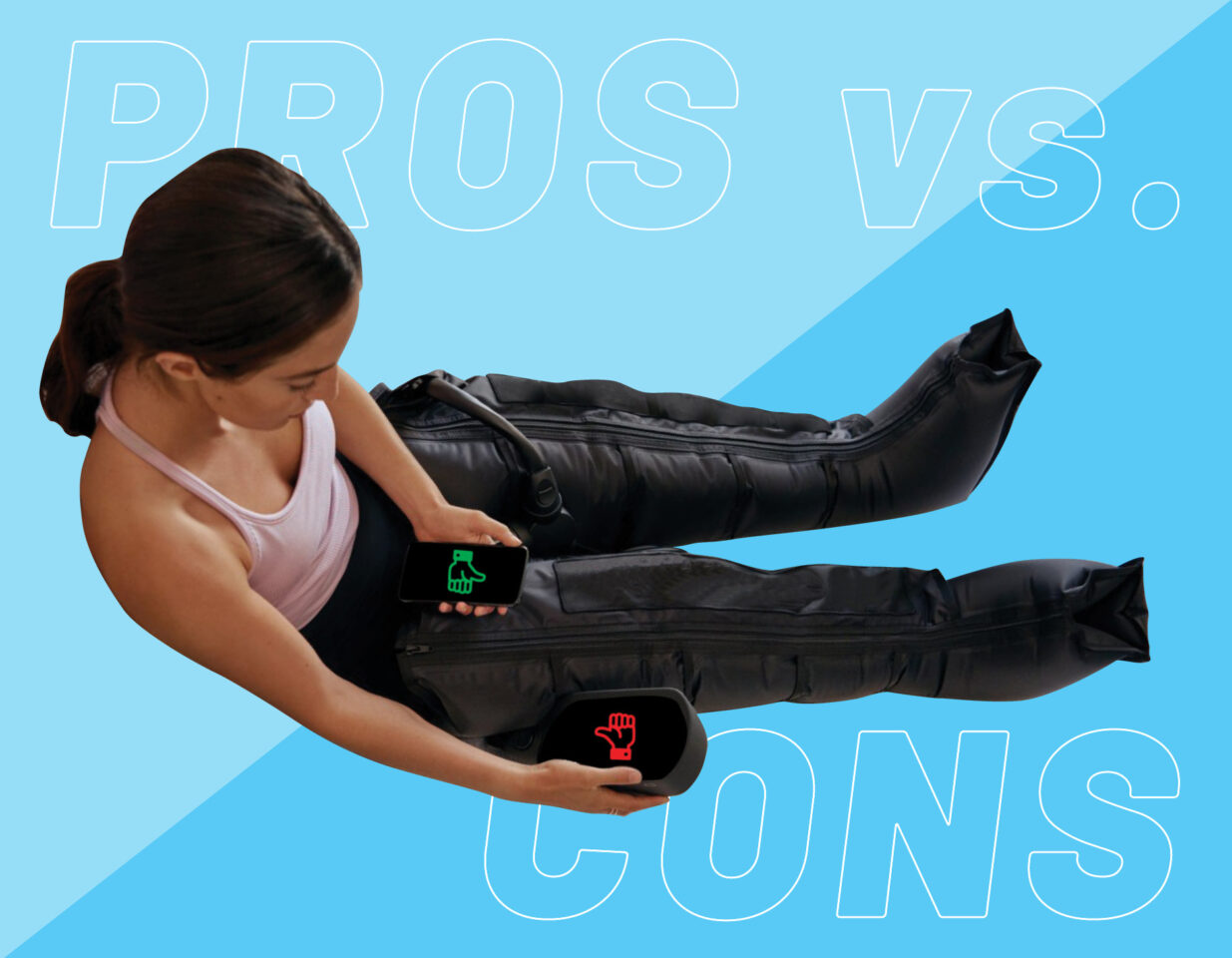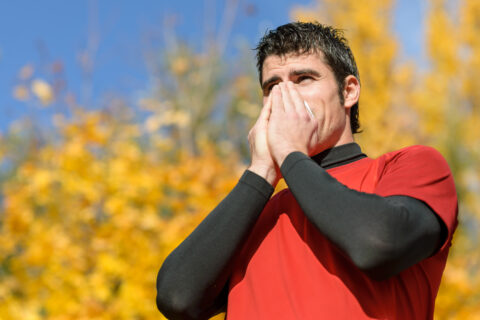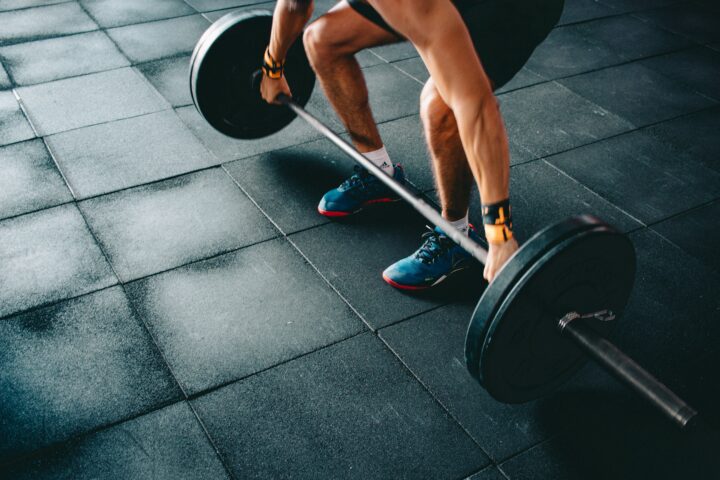Everyone seems to have a pair—or want a pair, but are they worth it? Two triathlon coaches debate the pros and cons of compression boots.
Everyone seems to have a pair—or want a pair, but are they worth it? Two triathlon coaches debate the pros and cons of compression boots.




